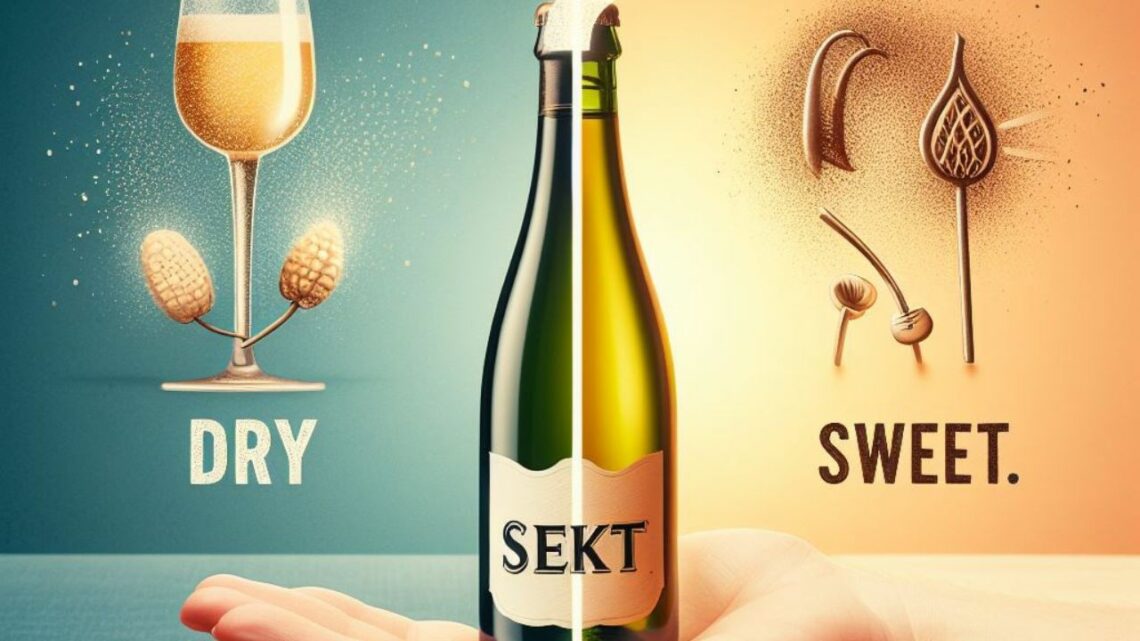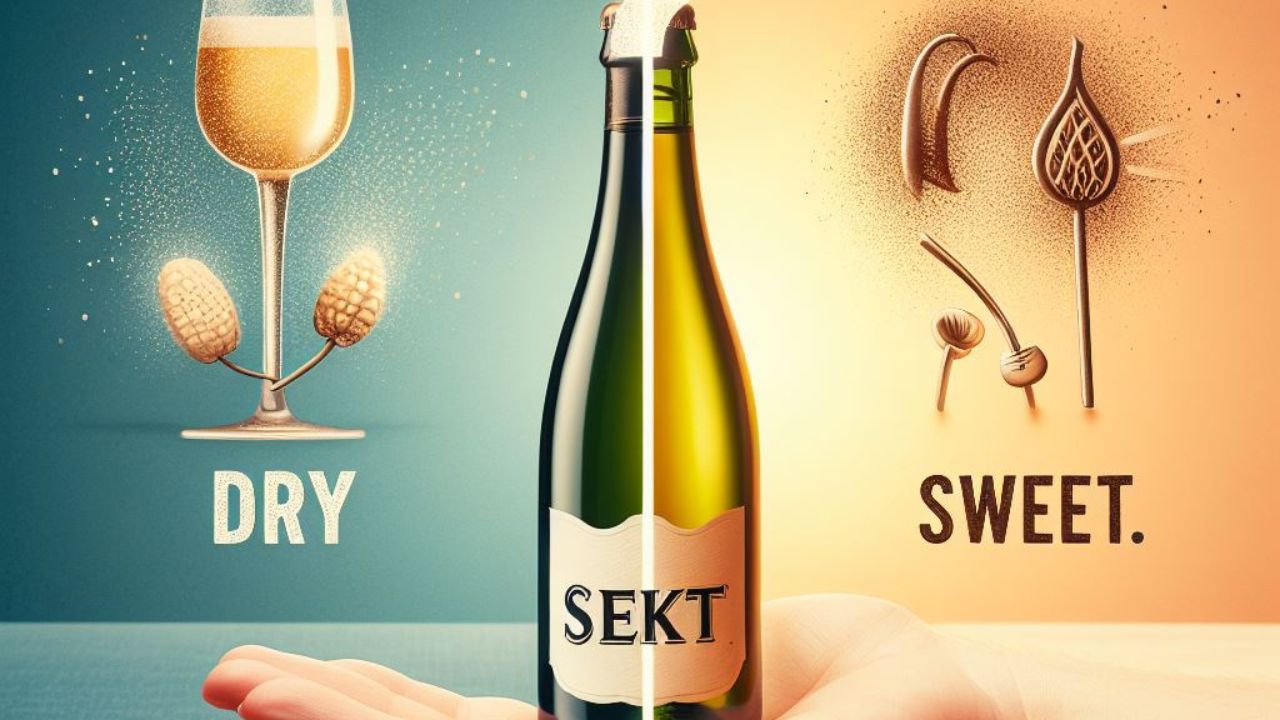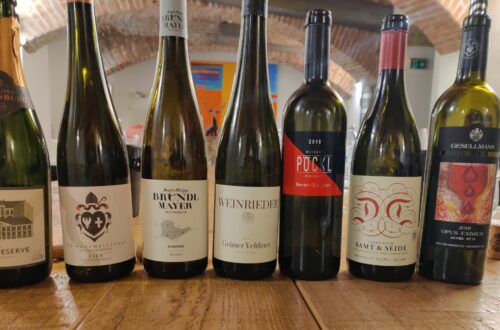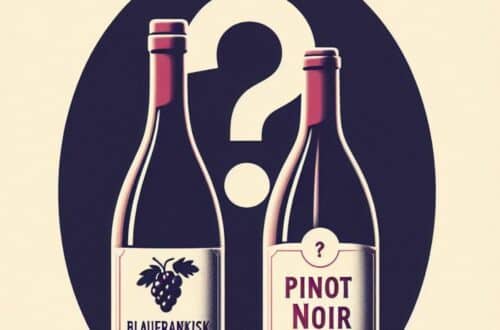
Is Sekt sweet or dry?
Sekt, the sparkling wine of Germany and Austria, offers a delightful effervescence that is enjoyed on various occasions. One common question that arises among wine enthusiasts is Sekt dry or sweet?
The answer, however, is not as straightforward as you might think.
Sekt comes in different flavors, from dry to sweet, to suit everyone’s taste. How sweet it is depends on how much sugar is left after it’s made. Deciding if you like dry or sweet Sekt is all about personal preference. There’s lots of variety, so you’ll always find one you enjoy, whether you’re celebrating or having dessert. Let the bubbles and flavors of Sekt make your moment extra special.
Is Sekt sweet or dry?
Sekt can be produced in a range of styles, encompassing both dry and sweet variations. The sweetness level of Sekt is determined by the residual sugar present in the wine.
Residual sugar refers to the natural grape sugars that remain in the wine after fermentation is complete. The amount of residual sugar left in Sekt is a result of the winemaker’s decision during the production process.
Dry Sekt, also known as “trocken” in German, is a popular style that has gained significant recognition. It is characterized by its crisp and refreshing taste with minimal sweetness.
Dry Sekts typically have a residual sugar content of up to 9 grams per liter, creating a pleasantly balanced and less sweet profile. These Sekts are often appreciated for their versatility and ability to pair well with a wide range of foods.
On the other end of the spectrum, sweet Sekts offer a luscious and indulgent experience for those with a preference for sweeter wines. These Sekts, referred to as “lieblich” or “süß” in German, can have varying levels of sweetness.
Some sweet Sekts may contain residual sugar levels of around 30 grams per liter or even higher, providing a notable sweetness that delights the palate. These wines are often enjoyed as dessert wines or on special occasions.
The sugar content varies based on the designation:
- brut nature/brut zero contains 0-3g/L
- extra brut/extra herb ranges from 0-6g/L
- brut/herb has 0-12g/L
- très sec/extra trocken/extra dry falls between 12-17g/L
- sec/trocken/dry/secco ranges from 17-32g/L
- demi sec/halbtrocken/medium dry/semi secco has 32-50g/L
- doux/mild/sweet/dolce indicates over 50g/L of residual sugar.
These terms help indicate the level of sweetness in the sparkling wine, with brut nature being the driest and the sweetness gradually increasing as the sugar content rises, culminating in the sweetest designation of “doux” or “sweet” with over 50g/L of residual sugar.
When choosing a Sekt, it is helpful to check the label or consult with a knowledgeable sommelier or wine merchant to determine the sweetness level.
They may indicate the style or sugar level explicitly, or they may provide an indication through terms such as “brut” for dry or “extra dry” for slightly sweeter Sekts.
How is Sekt made?
The traditional method, known as the méthode champenoise, is a sophisticated and intricate production process utilized in the creation of Champagne, Sekt, and other sparkling wines. It entails the addition of yeast and dosage liqueur to the base wine, initiating a second fermentation within the bottle.
As a result of this fermentation, carbon dioxide is produced, generating pressure and contributing to the wine’s effervescence. The wine is then aged “on the lees,” allowing it to develop enhanced quality and complexity.
To remove the sediment of yeast, riddling racks and gyropalettes are employed, followed by the process of disgorging and the addition of dosage liqueur prior to corking.
In the transfer process, also referred to as partial bottle fermentation, a similar second fermentation takes place within the bottles. After an aging period on the lees, the wine is carefully collected and transferred to pressurized tanks.
It undergoes filtration, dosage liqueur addition, and is subsequently rebottled, eliminating the need for riddling and disgorging. This method is commonly employed for special formats of sparkling wine production.
The Charmat method involves introducing yeast and dosage liqueur to the base wine, followed by a second fermentation that occurs within large pressure tanks. After an appropriate maturation period, the sparkling wine is subjected to filtration, chilling, and the infusion of dosage liqueur. Finally, the wine is bottled using a specialized pressure bottling machine.
The Charmat method is frequently employed for the production of entry-level sparkling wines, which are intended for youthful consumption and renowned for their fruity flavors.
Conclusion : Is Sekt sweet or dry?
Sekt offers a variety of styles, including dry and sweet variations, allowing for a diverse range of taste preferences. The sweetness of Sekt is determined by the amount of residual sugar remaining in the wine after fermentation.
Ultimately, whether you prefer your Sekt dry or sweet is a matter of personal taste. The beauty of Sekt lies in its diverse range of styles, allowing you to find the perfect bottle that suits your palate and the occasion at hand. So, whether you raise a glass of dry Sekt for a toast or indulge in a sweet Sekt to accompany a dessert, let the effervescence and flavors of this delightful sparkling wine enhance your enjoyment.
Let me know in the comments your preferences!







